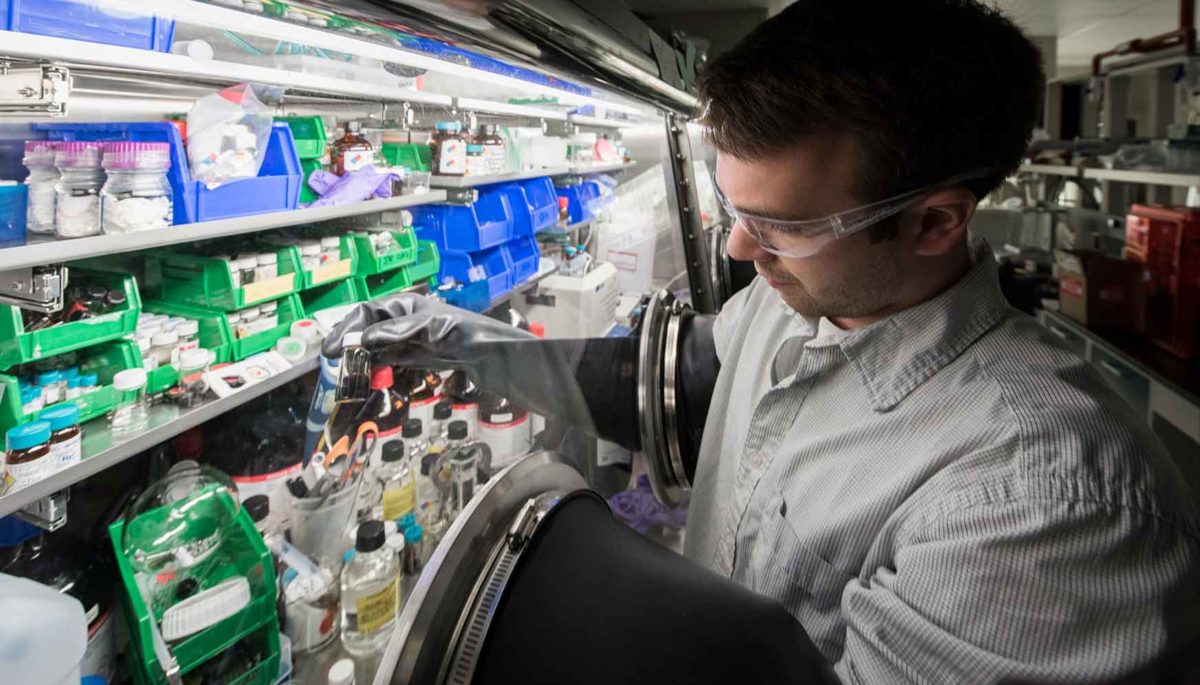Quantum dots are a concept in nanotechnology which could be developed into solar cells able to harvest a far wider portion of the solar light spectrum than current technologies allow, including infra-red light.
The team at NREL has developed a method to modify lead sulfide quantum dot surfaces with greater control over the surface properties than has previously been seen. The amount of energy required to remove a single electron (ionization rate) could be controlled and systematically varied from 6.5 eV to 4.1 eV.
“What we showed here with quantum dots is that they can be very flexible systems,” says Matthew Beard, Senior Scientist at NREL’s Chemical and Biosciences Center. “You can tune their ionization energy over a very large range of values in a very systematic way.”
Beard is lead author of the research paper ‘Tuning colloidal quantum dot band edge positions through solution-phase surface chemistry modification,’ published in Nature Communications.
While much of the previous study into quantum dots has looked at tuning through varying the size of the dots. Here though, NREL has taken a different approach focused on surface chemistry. The team discovered that through tuning the surface chemistry the band edge position could be tuned over 2.0eV, which according to research paper, is the largest value reported to date.
This content is protected by copyright and may not be reused. If you want to cooperate with us and would like to reuse some of our content, please contact: editors@pv-magazine.com.




1 comment
By submitting this form you agree to pv magazine using your data for the purposes of publishing your comment.
Your personal data will only be disclosed or otherwise transmitted to third parties for the purposes of spam filtering or if this is necessary for technical maintenance of the website. Any other transfer to third parties will not take place unless this is justified on the basis of applicable data protection regulations or if pv magazine is legally obliged to do so.
You may revoke this consent at any time with effect for the future, in which case your personal data will be deleted immediately. Otherwise, your data will be deleted if pv magazine has processed your request or the purpose of data storage is fulfilled.
Further information on data privacy can be found in our Data Protection Policy.